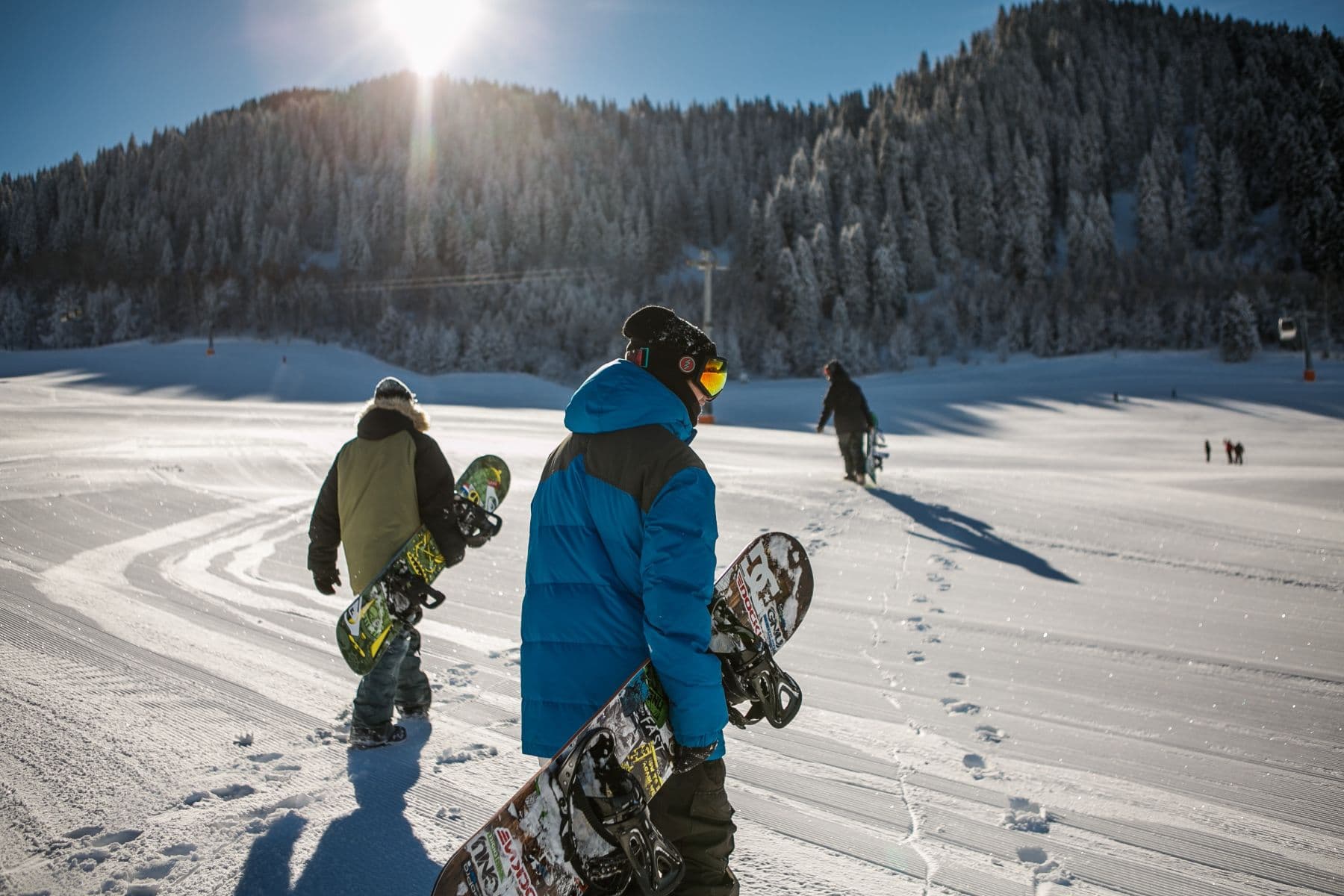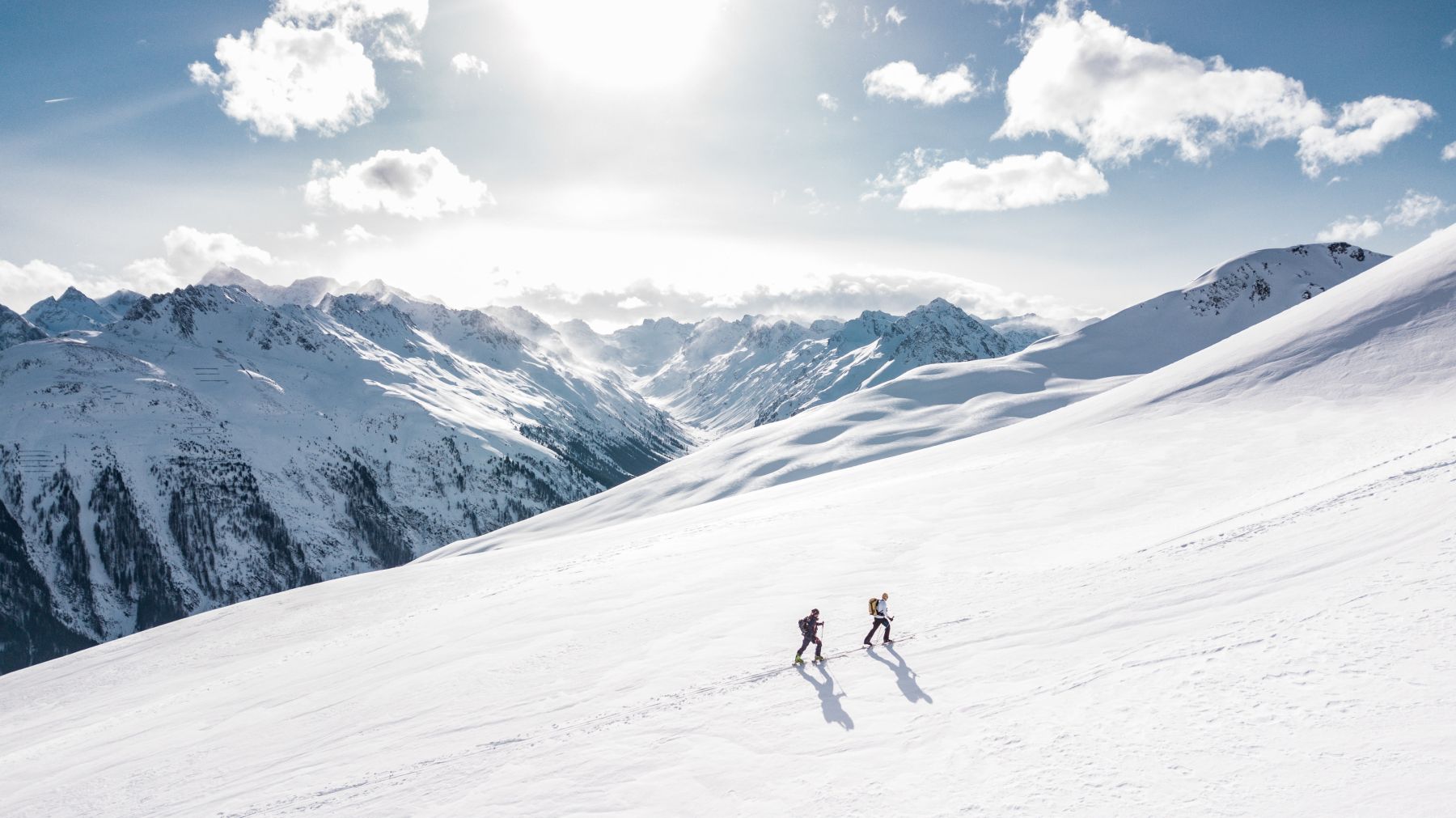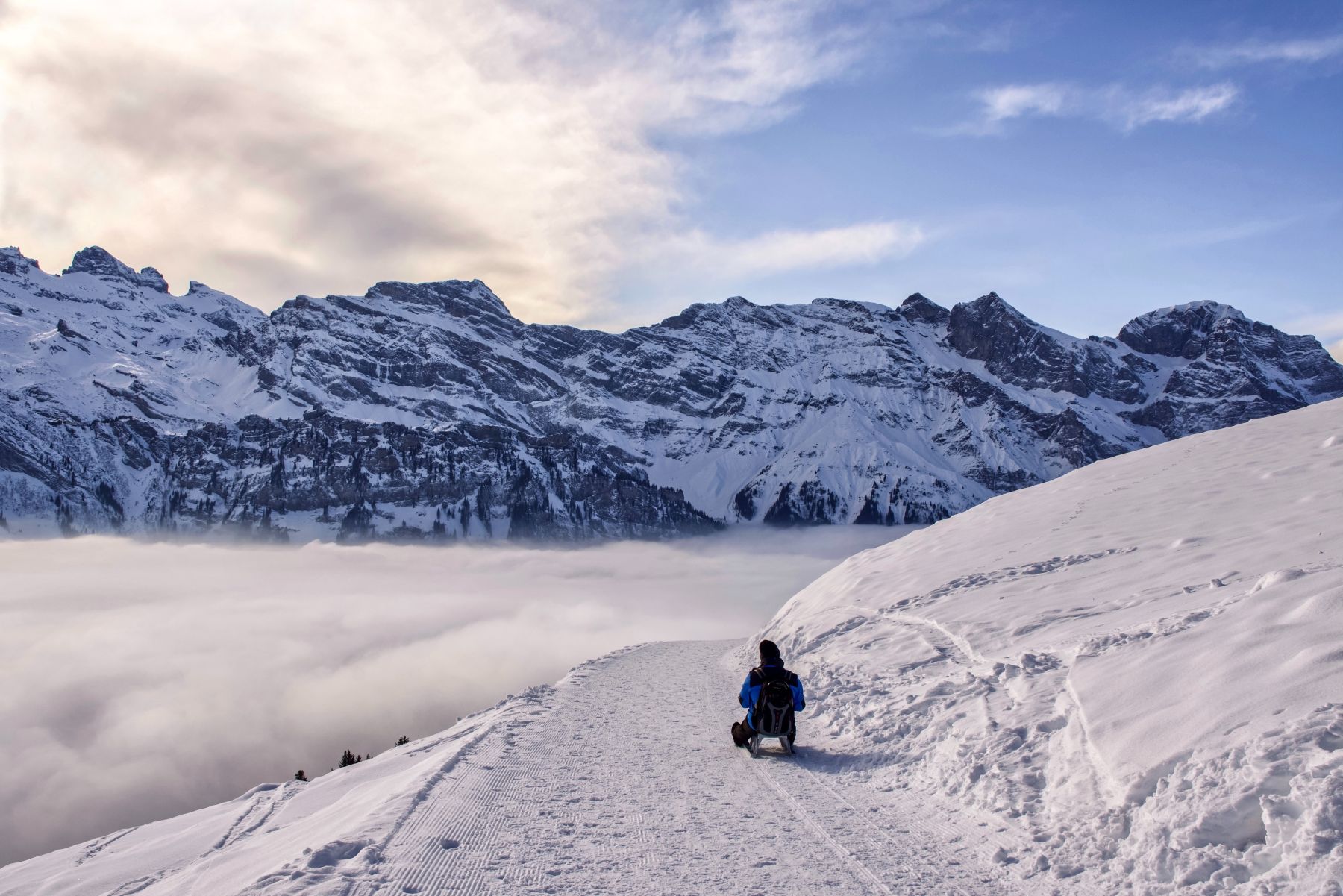5 Safety Rules for a Winter Trip

1. Plan and Stick to the Plan!
Trips and outings should be well planned. If you're traveling by car, make sure to take care of its technical condition and prepare it for the current road conditions. When planning any mountain trips (whether hiking or skiing), remember that it gets dark faster in winter, walking in the snow takes more time than on a dry road, and ski lifts operate until a specific time.

2. Keep Your Phone with You!
When heading to the mountains, it's wise to bring a phone with a charged battery and saved important numbers. In an emergency, you'll be able to call for help faster, and if you lose your way, navigation apps can be very useful.
3. Sled, Ski, and Snowboard in Designated Areas!
Although the untouched white snow is very tempting, sliding in prohibited areas can result in injury or even death. Designated trails are properly prepared, i.e., hardened, lit, and monitored, making them safe.
4. Avoid Walking on Frozen Water Bodies
To support the weight of an adult, an ice cover must be at least 7 cm thick. Remember, you cannot independently assess the thickness of the ice you are walking on or if the ice is uniformly thick throughout. Instead of uncertain frozen bodies of water, choose ice rinks or special slides where the fun will definitely be safe.
5. Follow the Rules and Regulations.
Yes, we know reading such instructions is boring. Yes, we know no one wants to. But we also know these rules were created so no one has doubts about how to behave on the ice rink, on the slopes, or during a mountain hike, ensuring no participant gets hurt.
Read also:


